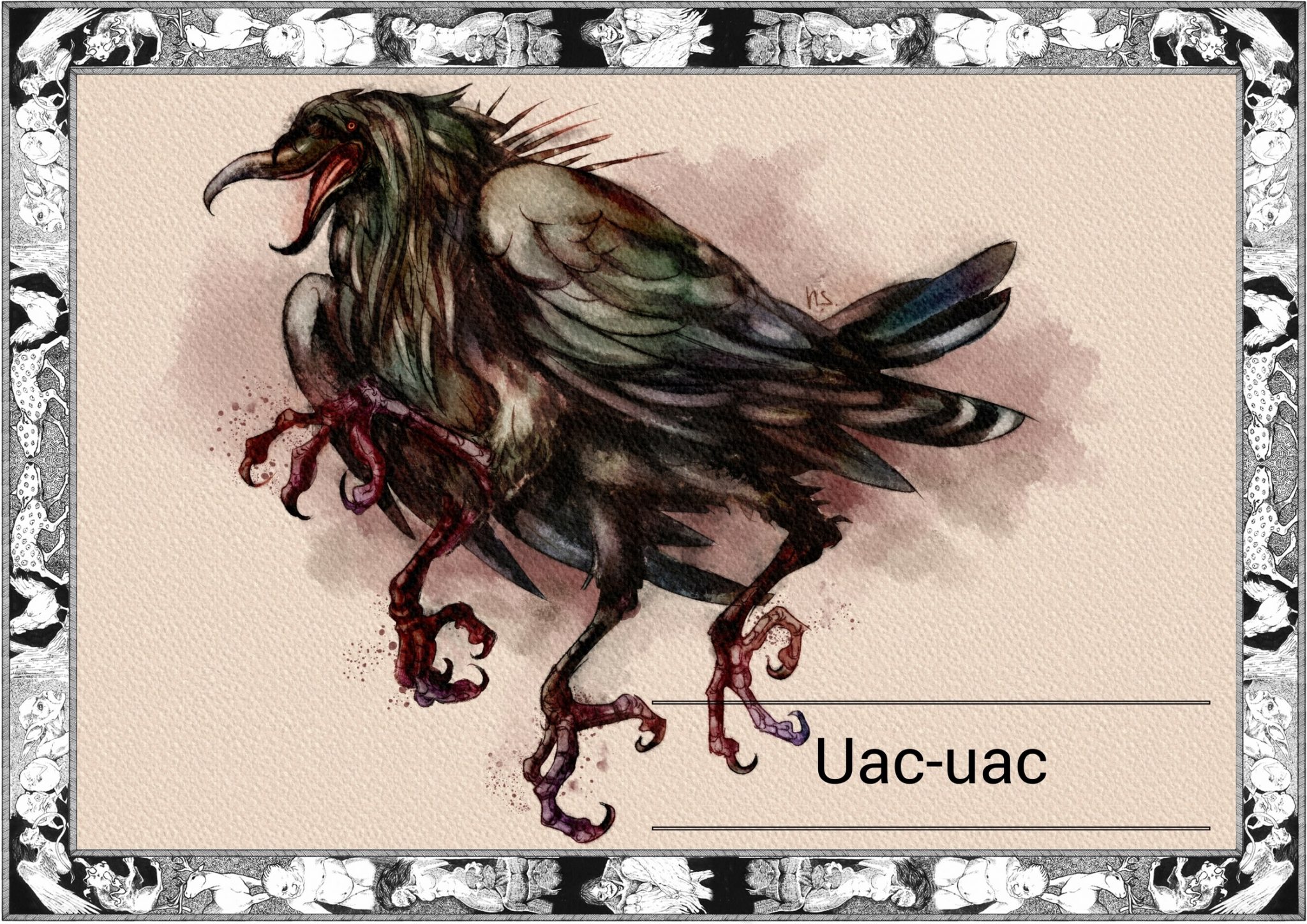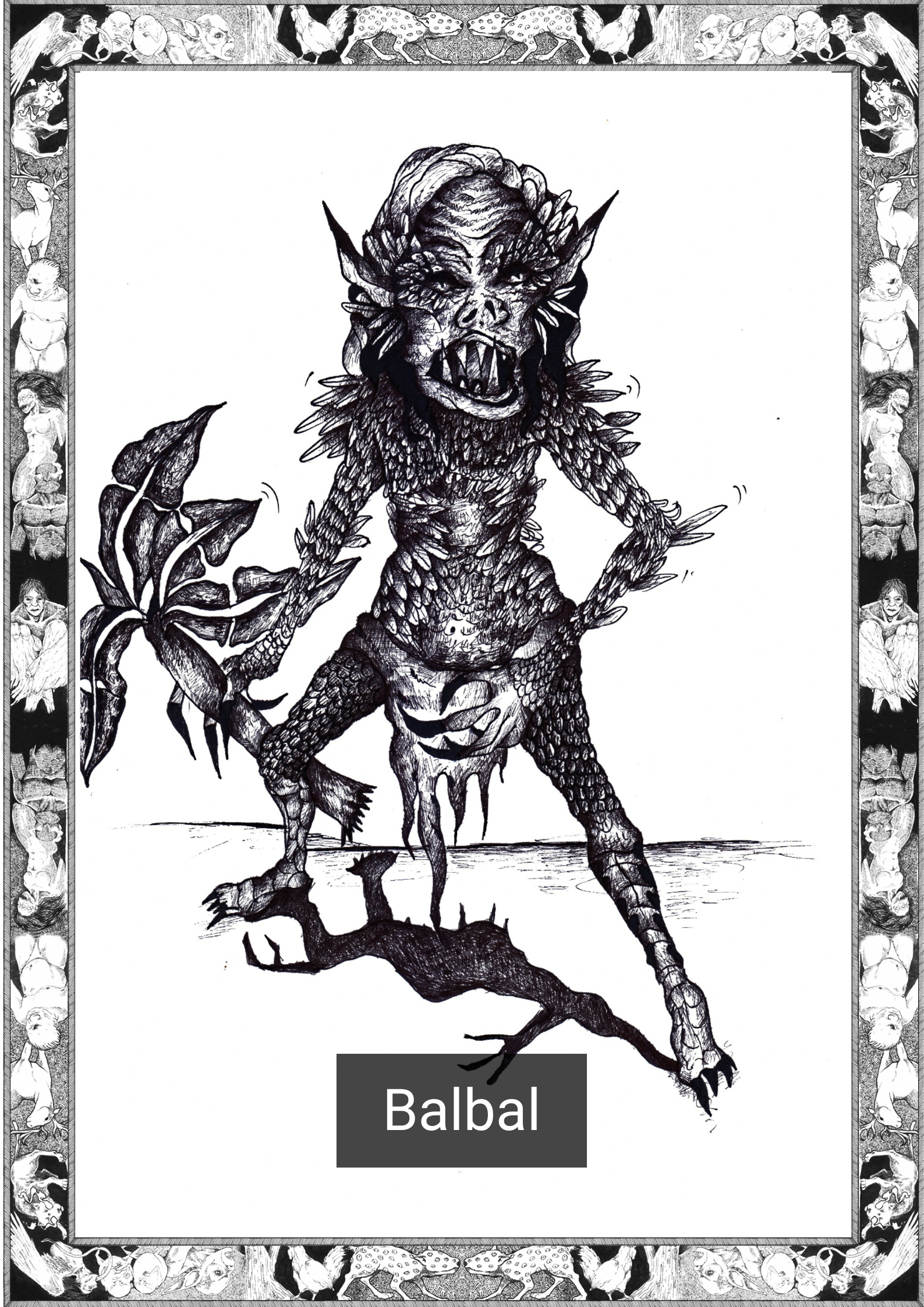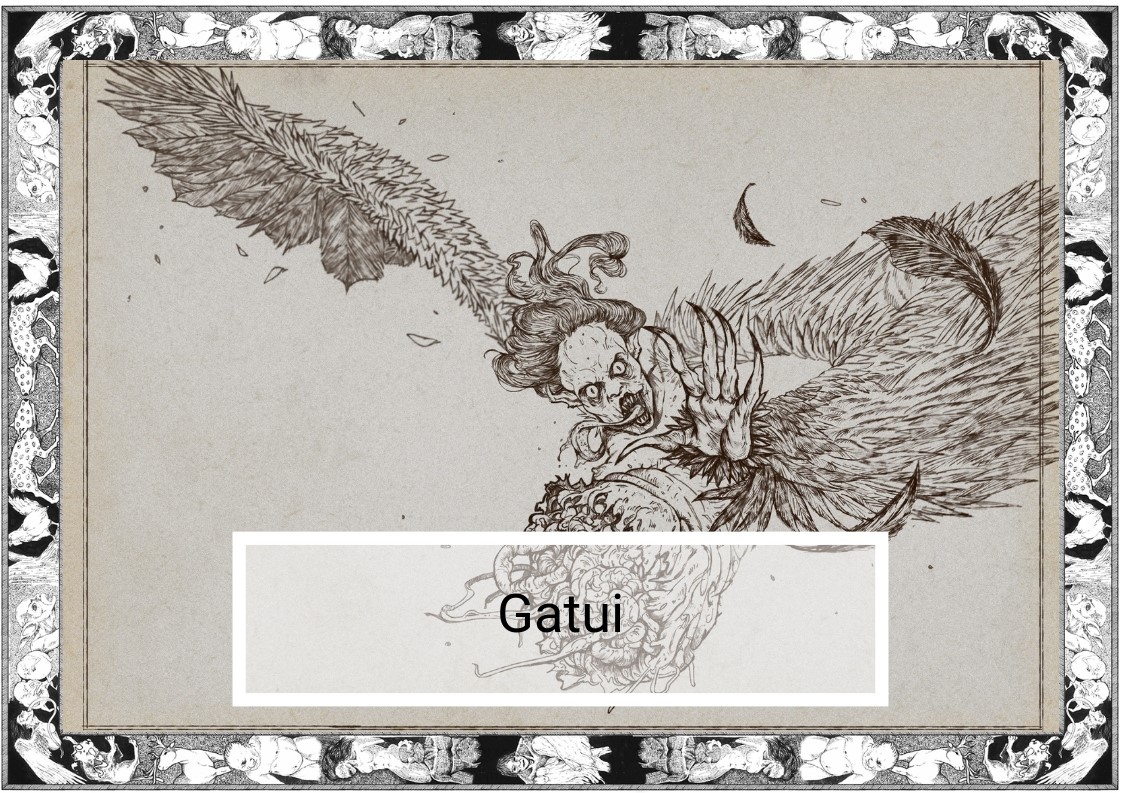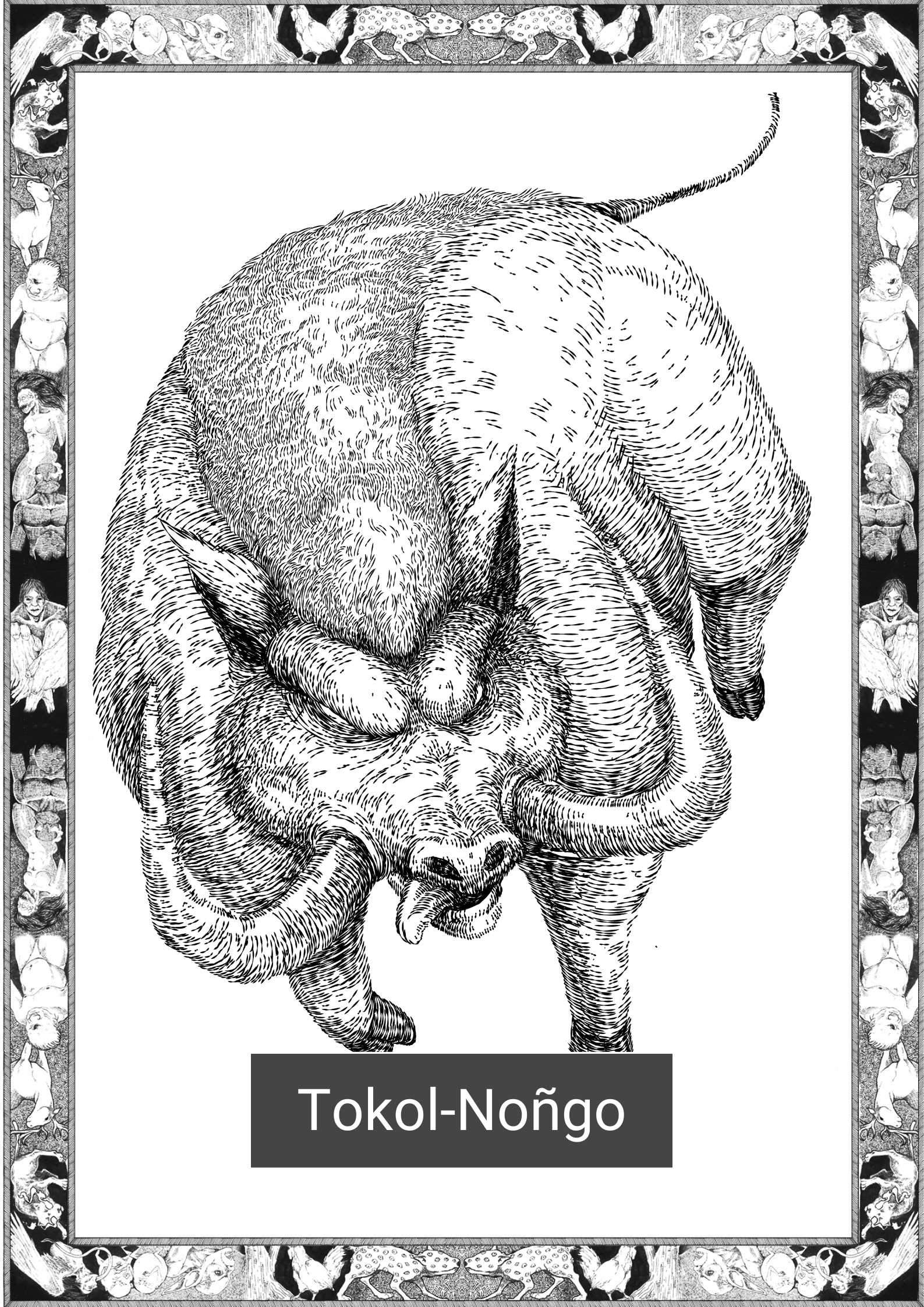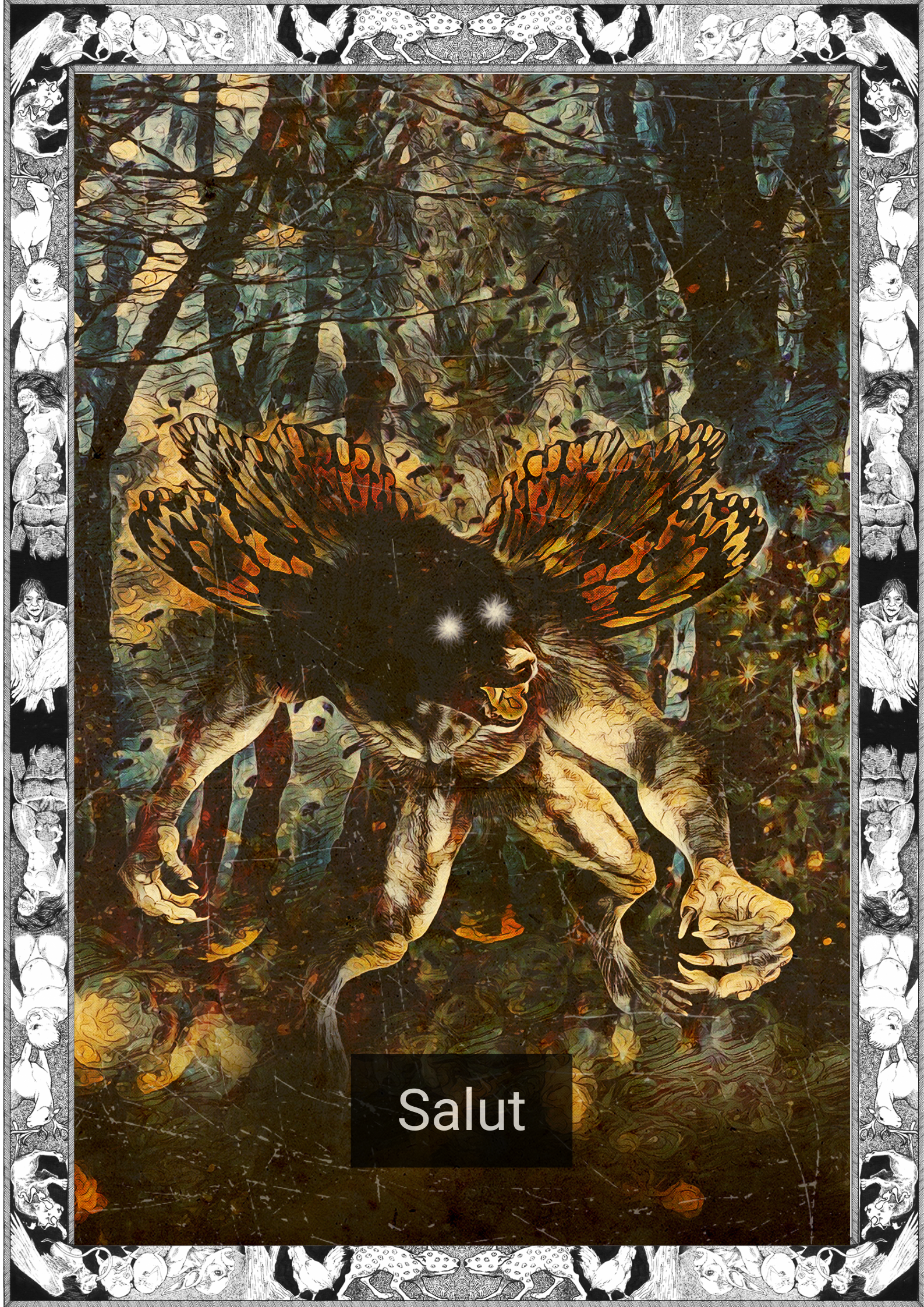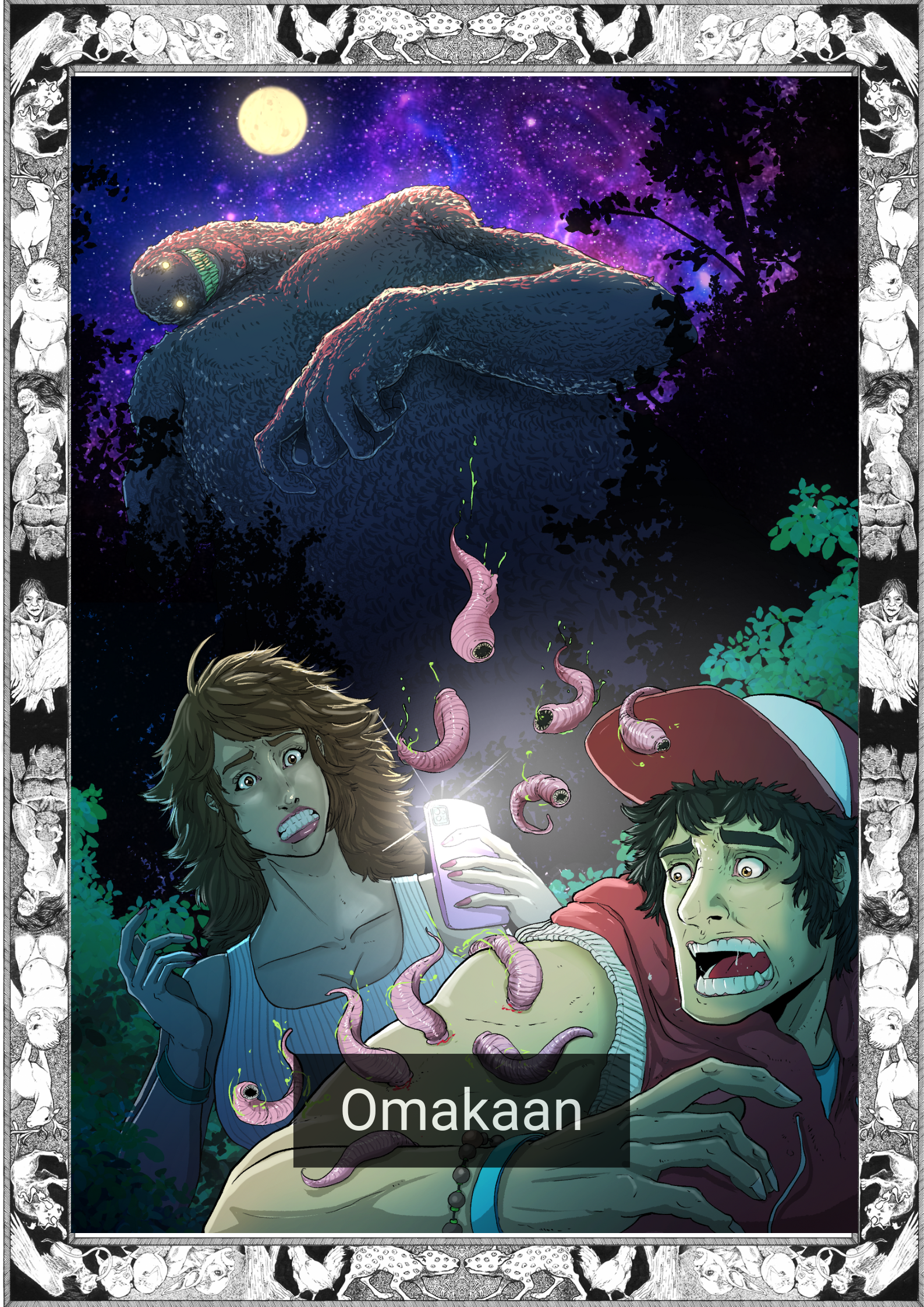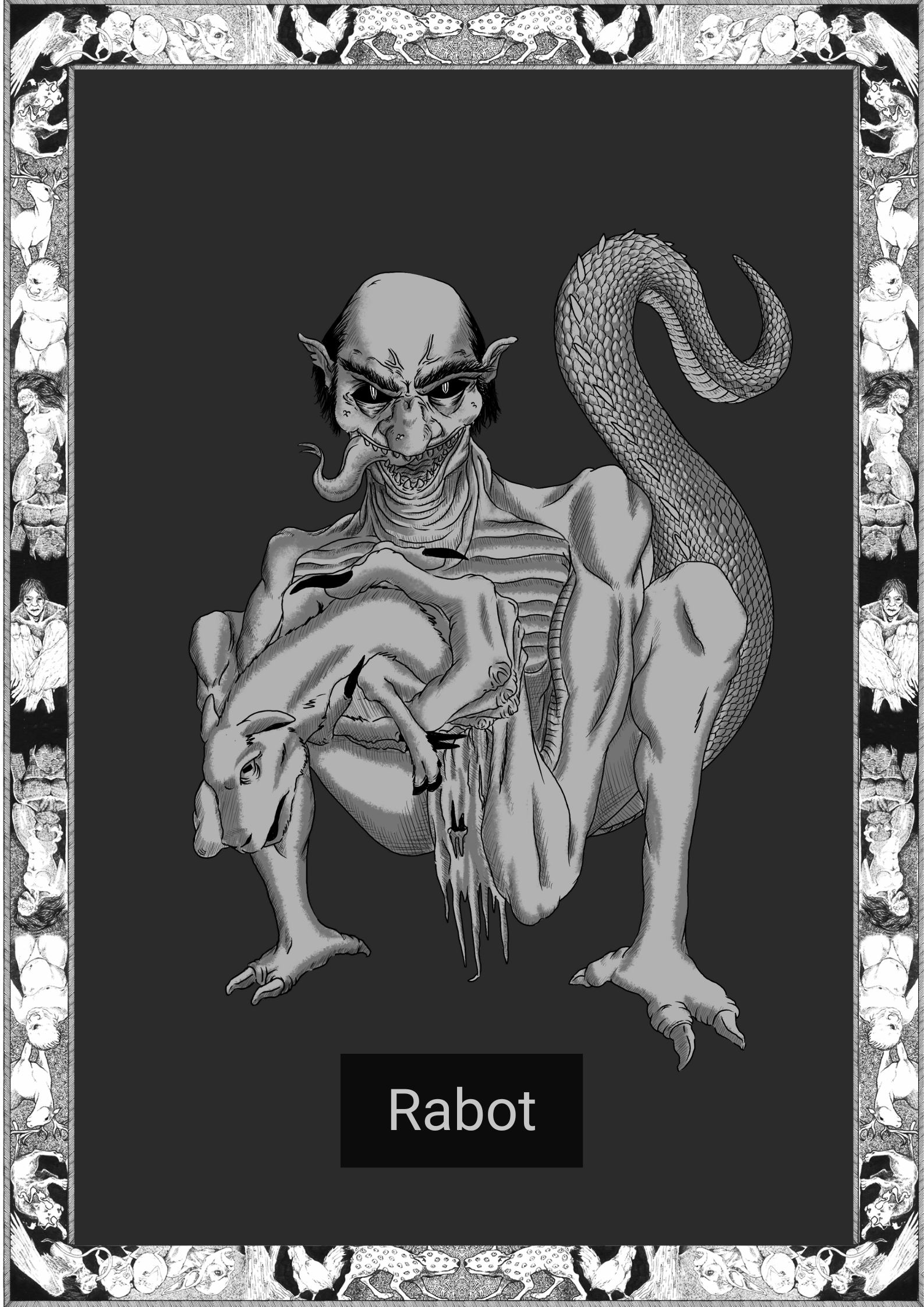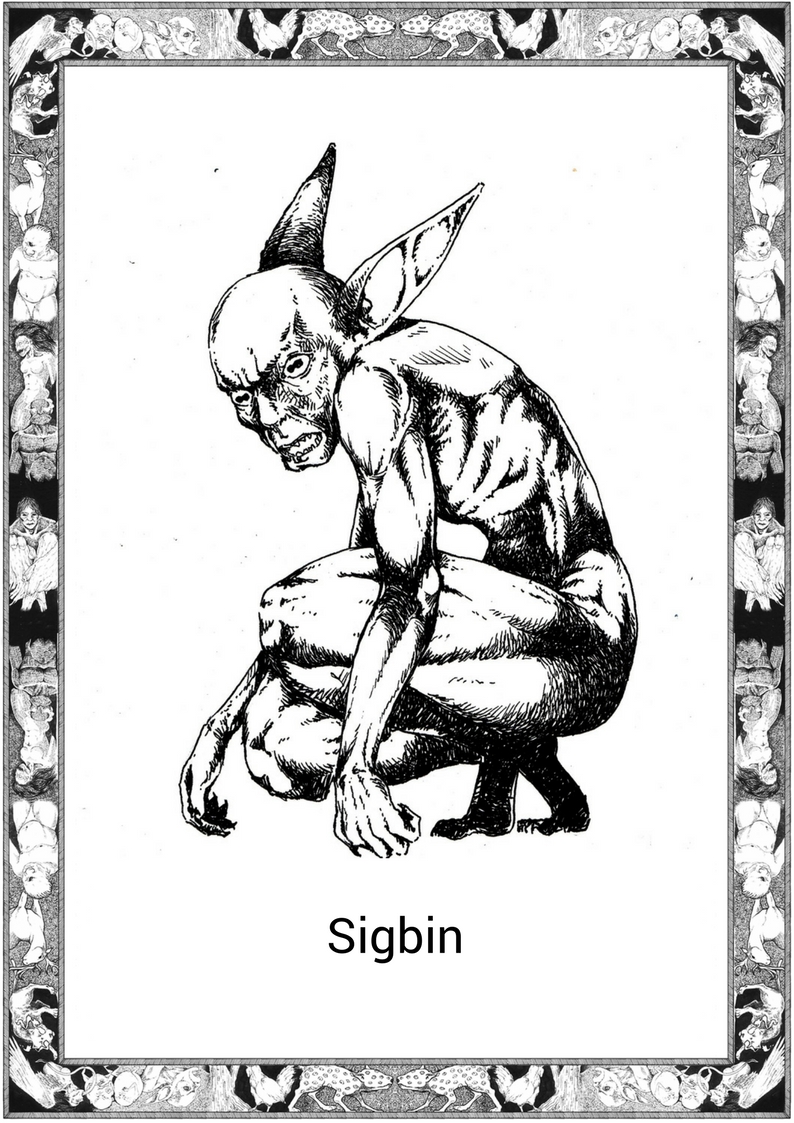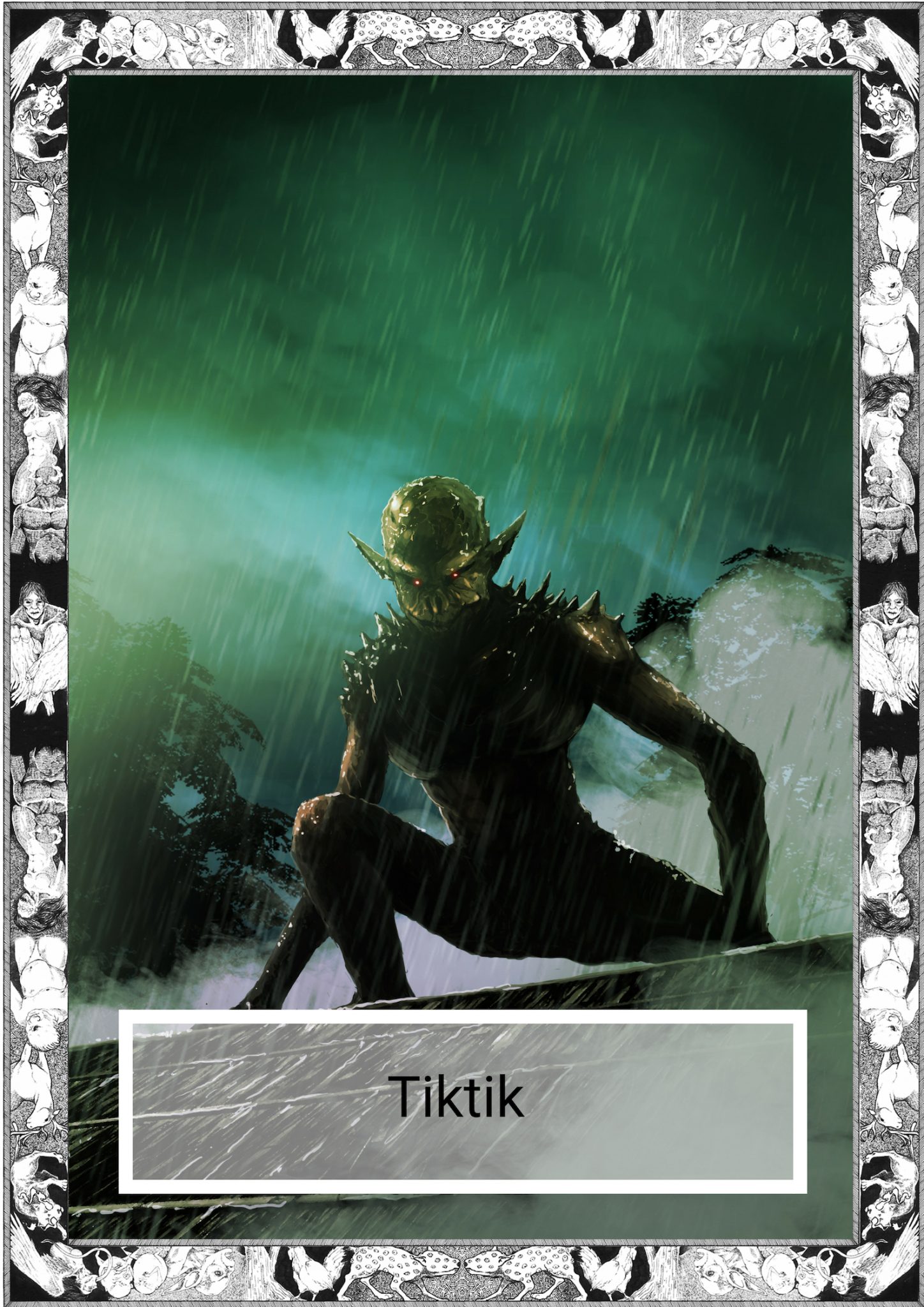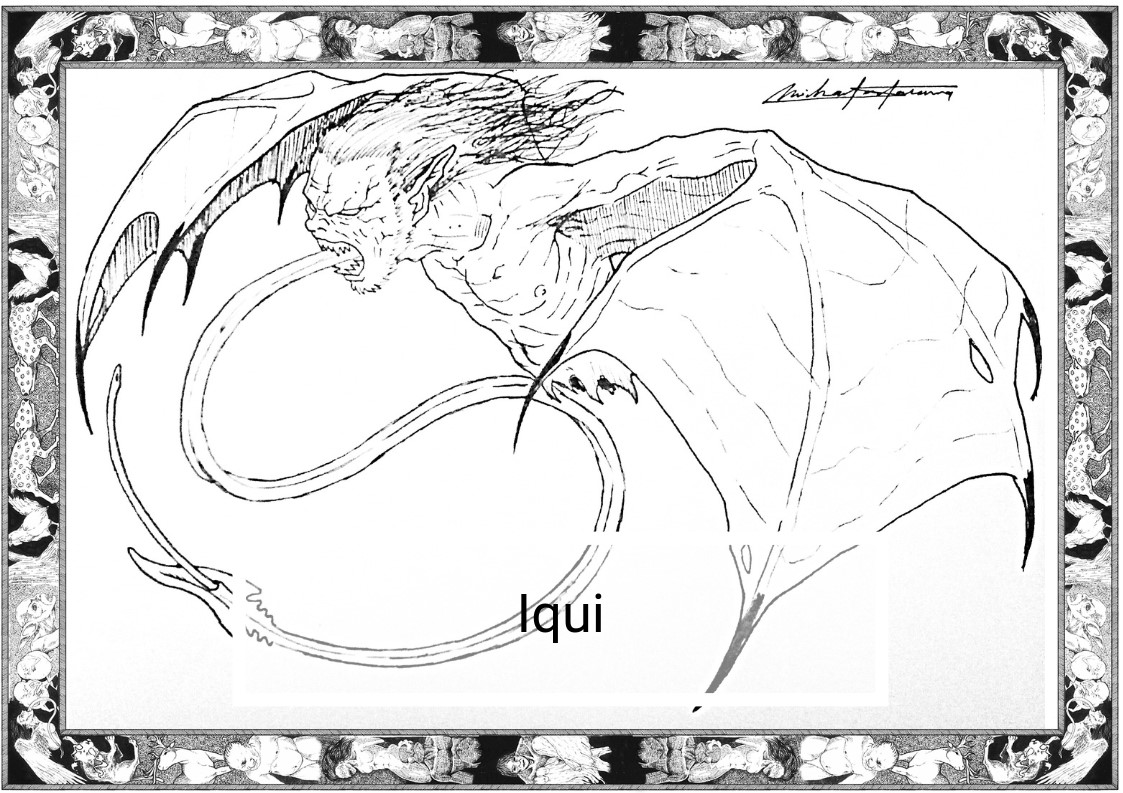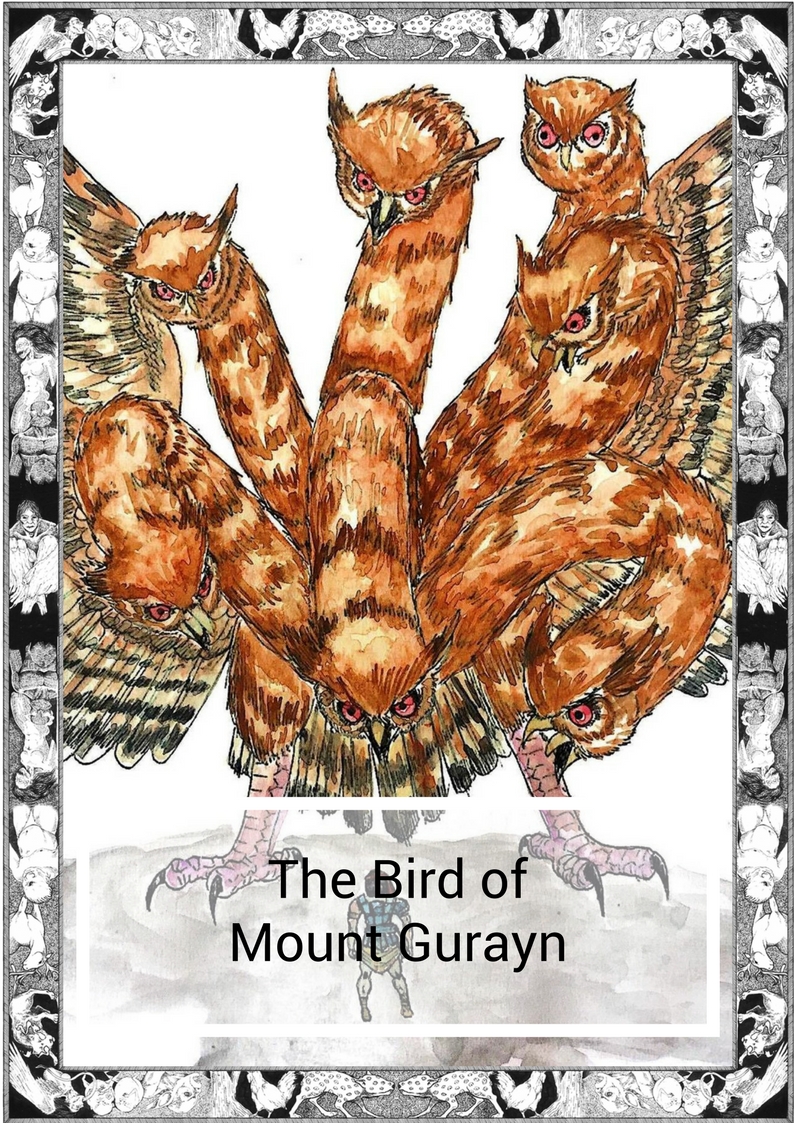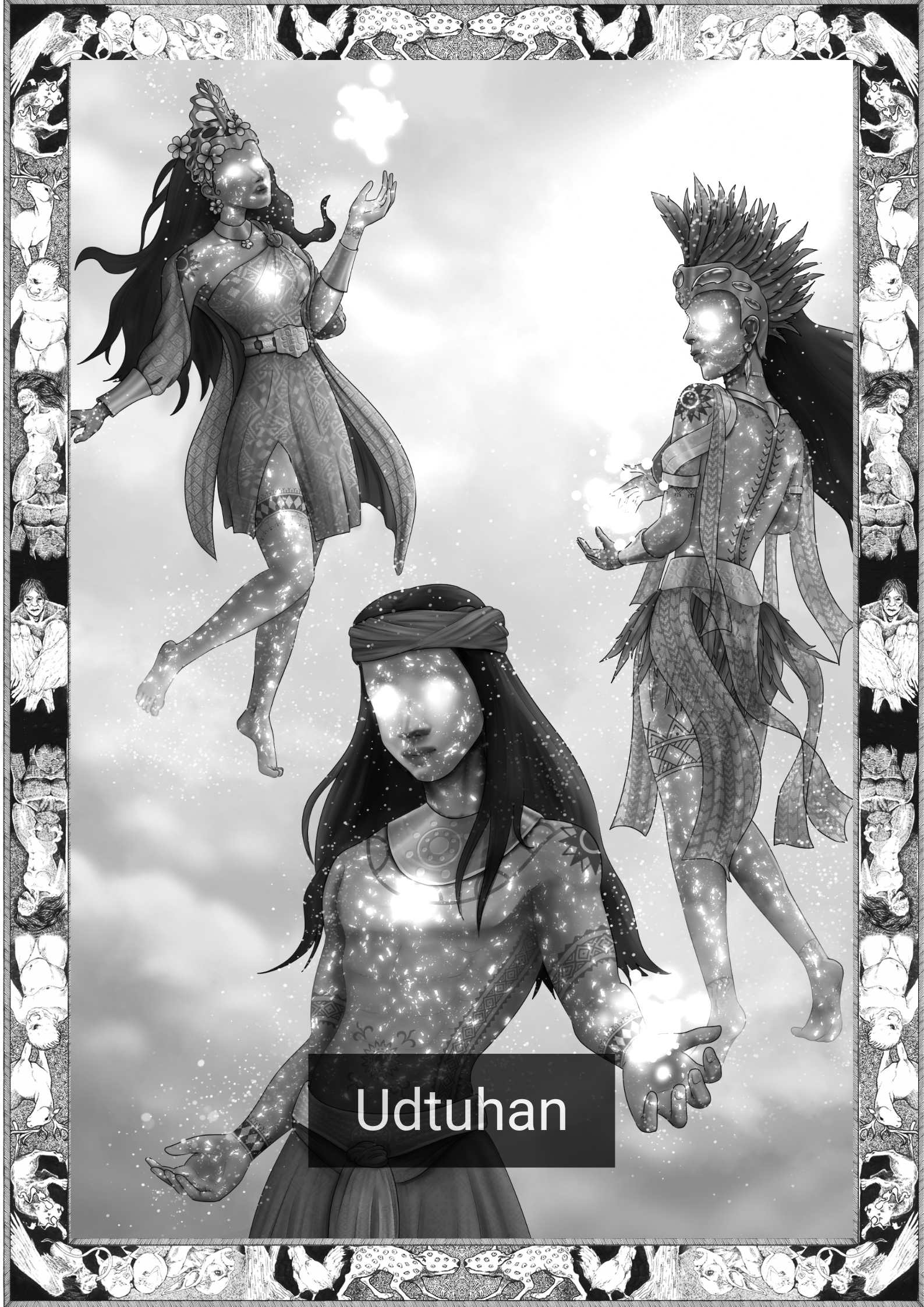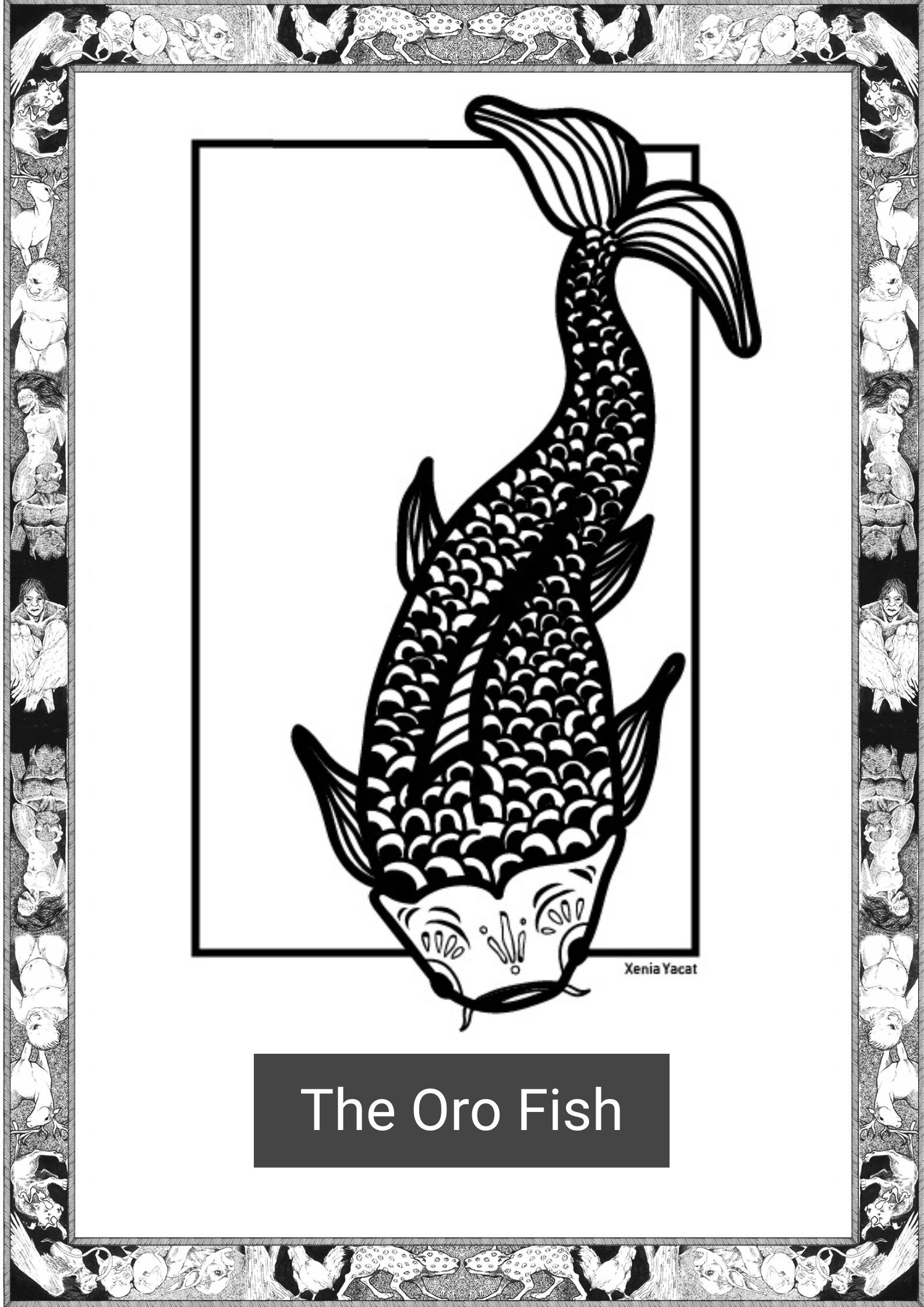
*Note this story is in Hiligaynon
Sa banwa sng Igbahay, may nagakabuhi na makatilingahan nga tinuga. Sa tuig sang makaako, 1539, ginsulong sng mga pumuluyo sang ina nga banwa ang malaut nga tawo nga nagahingalan kay Talagman. Sa iya nga puluy-an may nanarisari nga makahulugmat na mga butang nga nadiskobrehan ang mga pumuluyo. Ang isa sa pinaka makatilingalahan amo ang uwak nga may tuk-tok o tuka nga syado katalum kaparehos sang sundang ang katalun sini, apat ka mga mga maligwis nga tiil kag mga kuko kg mga karubkub.
Ginapatihan sang mga pumuluyo na ini klase na tinuga kahuptanan sng malain klase mn nga tinuga o ang ginatawag nga malain ginhawa. Ang pagkapanulay ni Talagman syado gd kalain nga sya ginahambal nga isa ka sigbin. Sa yadto nga panahon, ginapatuhan nga ang isa ka sigbin nagahatag katalagman sa lugar nga iya ginapanaguan.
May istorya nga naghalin sa mga pumuluyo nga may isa ka tawo nga makusog nga naaktuhan si Talagman nga nagahimu sng malain nya nga hilimuon, gin utod sang makusog nga tawo ang dulunggan ni Talagman. Sadto nga panahon ginapatihan sng mga pumuluyo sng Igbahay, nga ila ginatawag Igbajaos nga kng utdun mo ang nawala nga parti sng dulunggan sang ini nga mga tawo mautod mo mn ang koneksyon sng sigbin sa ispirito sng oag nga ginapatihan nagahatag sang langis agud maging isa ka sigbin ang isa ka tawo.
Ginapatihan nga grabe gid ang kamala-ut ni Talagman na sa pagtulok niya pa lng sa isa ka tawo grabe na ang halit nga mahatag niya sini. May mga istorya pa asta subung nga ang ila pa mga kalololohan ang nakasaksi nga nakita nila si Talagman nga ginkuha nga gamay nga botelya, ginhisuan ang lawas niya sang langis kag maglupad nga katunga lang ang lawas samtang ang katunga nabilin sa iya nga puluy-an.
Ang kapintas kg pagkamala-ut ni Talagman maiangay mo sa iya hinuptanan nga uac-uac. Ang ini nga makahaladlok nga uwak, nagakalipay gid magdusak kag maglaslas sang lawas sang iya biktima. Syado gid ang kalipay sini nga uwak samtang nagahatag sang kasakit sa iya biktima nga maga upod pa gid ini sa iya amu nga sigbin sa pagpangita nmn sang bag o na biktima nga kng sa diin ila naman pagapatyun.
—————————————–===
English Version
In the town of Igbahay, there exists a curious creature. In the year of the Lord, 1539, the people of the town raided the house of an evil man called Talagman. In his house they found many horrors. One most strange was a black crow with a beak as sharp as a knife, four long feet and claws and spines.
Now, it was said by the townsfolk that this creature was the companion of something more malicious. The evil of Talagman was so great that the people of the town whispered that he was a sigbin. In those days, a sigbin was a man who caused great evil and harm from his hiding place.
The townsfolk even tell a story of one day when a strong man caught Talagman in the middle of an evil act and the strong man cut off Talagman’s ear. Now, in those days there was a tradition in the town of Igbahay, whose people are called the Ibajaos, where certain men would have their left ear cut off. This practice was to break the pact that sigben would have with the spirit called oag, the creature that gives the oil which would make a man become a sigben.
Such was the evil of Talagman that, to this day, people would tell stories of how his glance alone would cause harm. They still say of stories where their great-great-great grandparents would see Talagman take a small flask, anoint his body with oil and fly through the air leaving half of his body in his house.
The cruelty and malice of Talagman had his match in the uac-uac, his companion. The misshapen crow would stab victims with its sharp beak and take great pleasure in raking its claws against the flesh of humans. So great was its love of torture that it would fly with its sigben master to find fresh meat that it could dig its claws in.
This story is of hundreds of years past, but always be warned. If you see the uac-uac and its four legs, know that its master will not be far behind.
-=-=———————————————
*The Hiligaynon language, also colloquially referred often by most of its speakers simply as Ilonggo, is an Austronesian regional language spoken in the Philippines by about 9.1 million people, mainly in Western Visayas and SOCCSKSARGEN, most of whom belong to the Visayan ethnic group, mainly the Hiligaynons. It is the second-most widely spoken language and a member of the so-named Visayan language family and is more distantly related to other Philippine languages.
Written by Karl Gaverza
Translation by Lindsay Gonzales
Copyright © Karl Gaverza
Translation Copyright © Lindsay Gonzales
Inspired by “The Legend of the Sigbin.” Pavon (1838-1839) in Philippine Folk Literature: The Legends. Eugenio. 2002.
Uac-uac Illustration by NightmareSyrup
IG: @NightmareSyrup
Tumblr: http://
